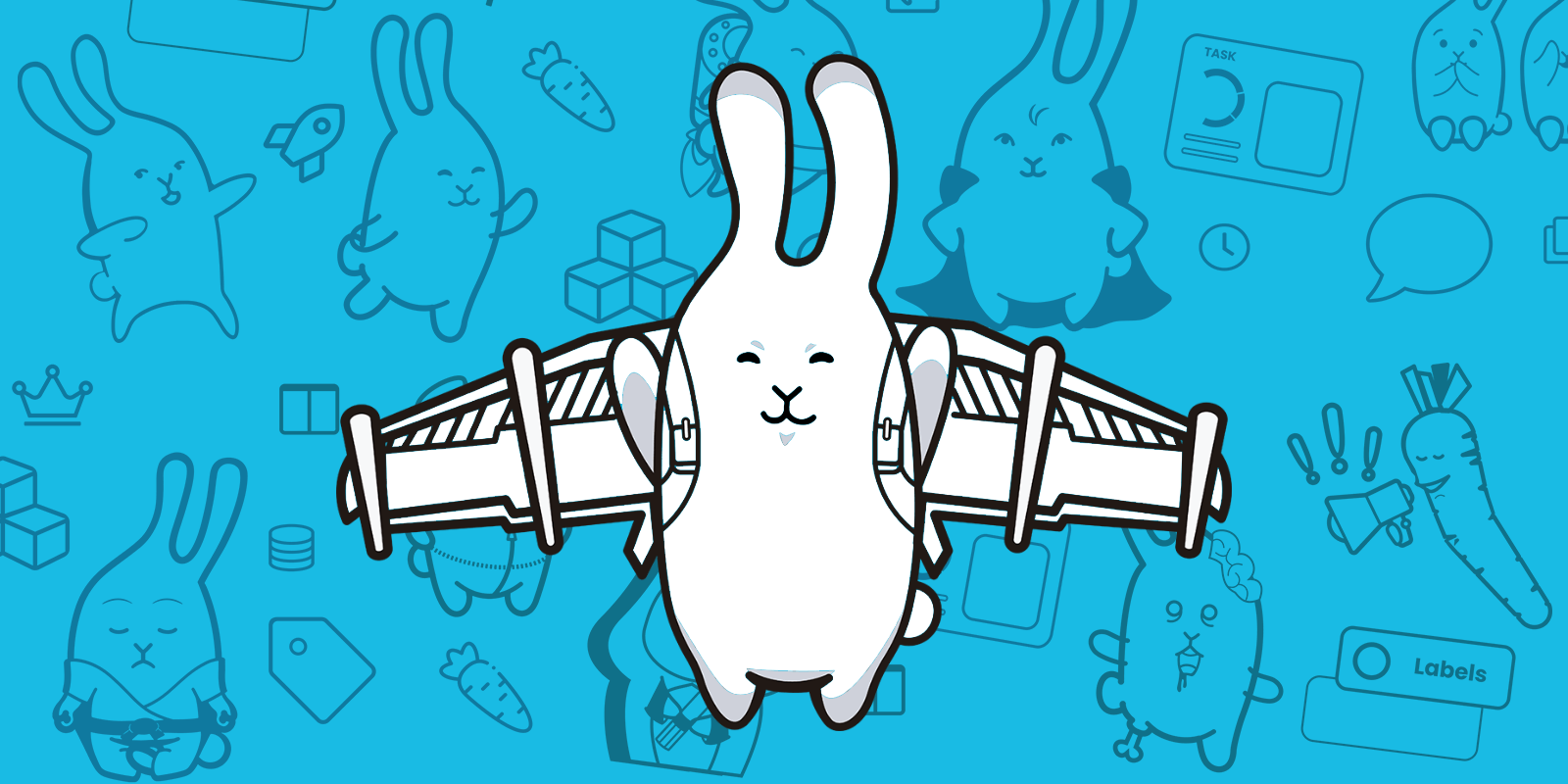
As a digital agency, you need a robust and flexible project management tool to manage your tasks and collaborate with your team. That’s where GitScrum Board comes in. This powerful tool is designed to help you streamline your work and improve your productivity.

The GitScrum Board is the main feature of GitScrum, and it is a modern version of Kanban boards. This tool allows you to visualize your tasks and progress in a visual, organized, and intuitive way. You can customize the board to fit your team’s needs and preferences, making it the perfect tool for digital agencies of all sizes.
One of the key benefits of the GitScrum Board is its flexibility. It can be customized in many ways, allowing you to manage your projects your way. You can add columns to represent different stages of your project, such as “To Do,” “In Progress,” and “Done.” You can also add custom columns and labels to better suit your team’s workflow.

Another great feature of the GitScrum Board is the ability to manage tasks. You can add tasks, assign them to team members, set due dates, and track their progress. You can also add comments, attachments, and checklists to tasks to ensure that everyone is on the same page.
The GitScrum Board also integrates with other GitScrum features, such as Sprints, custom fields, and task ratings. This allows you to manage your projects from start to finish, from idea to implementation, all in one place.
Team’s Collaboration on GitScrum Board
The GitScrum Board is an essential tool for Digital Agencies to manage and track their projects and tasks. However, to get the most out of it, it’s crucial to follow some best practices to enhance collaboration and productivity within your team.
Clear Task Descriptions
To ensure clarity and efficiency, make sure to give your tasks proper names, include detailed descriptions and instructions, and include relevant references to help your team members complete the tasks effectively.
Encourage Collaboration
Encourage your team to use the GitScrum Board regularly, updating task status as soon as they make progress. This will help you keep a clear overview of the project and rely on your team for updates.
Regular Monitoring
Create a habit of regularly observing your team’s progress and allowing each team member to do the same. This will foster collaboration, provide support to those who may face difficulties, and identify and solve bottlenecks.
Email Notifications
Agree with your team on the use of email notifications, but always keep an eye on the GitScrum Board for any updates.
Confidentiality Guidelines
Make sure to explain your company’s confidentiality and secrecy guidelines to all team members to ensure that private information from the Board is not shared elsewhere.
Urgent Demands
Clearly communicate which demands are considered urgent and should only be communicated on the GitScrum Board, and which ones require additional alerts and warnings to keep your internal communication aligned.
Roles and Responsibilities
Clearly define the roles and responsibilities of each team member, including project managers, collaborators, and those responsible for creating projects and coordinating team members on the GitScrum Board.
Invitation Guidelines
Inform project managers of the people they are authorized to invite to participate in projects and with whom they can share the company’s projects.
By following these best practices, you can ensure that your team is working effectively and efficiently on the GitScrum Board, leading to a more successful outcome for your projects.
How to Invite Users (Team Members) Directly From GitScrum Board
How to Invite External Users (Team Members) Directly From the Board
- Click the “Invite” button on the header of the Board.
- Type the user’s data in the fields – Full Name and Email.
- Click “Send Invite.”
- To invite more users at a time, click “Invite one more” several times to open new lines, then fill in users’ data.
- Click “Send Invite” to submit several invitations at a time.
Board Invite External
How to Invite Internal Users (Team Members) Directly From the Board
- Click the “Invite” button on the header of the Board.
- Click “Invite Internal Users”.
- Beside the users (team members) you want to invite, click “Assign to Project”.
Board Invite Internal
How to Invite Users (Team Members) with Shareable Link
- Click the “Invite” button on the header of the Board.
- Keep the item (✓) Shareable Link marked.
- Copy the URL link, by clicking the (?) icon.
- Share the link with whom you want to invite to the project, via email, Whatsapp, Telegram or social media.
This option can be applied both to internal and external users.